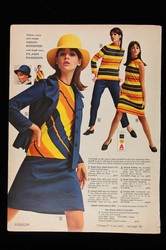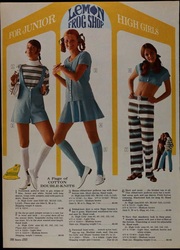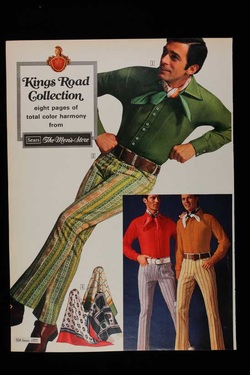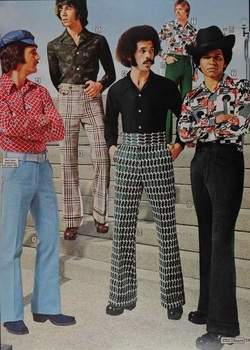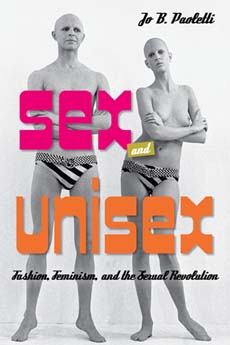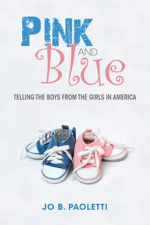It's a rare occasion when someone throws a birthday party for a dress. But in the case of Diane Von Furstenberg's 1974 wrap dress, it is well-deserved. The adjective "iconic" is abused and overused, but certainly appropriate in this case.
When 22-year-old Diane Von Furstenberg arrived in the United States in 1968, she found a chaotic, disappointing mix of "hippie clothes, designer clothes and drip-dry polyester". There was nothing, she believed, for young mothers or working women, and she felt there was an untapped market for “simple sexy little dresses” that were comfortable, easy to care for and figure-flattering. The result was her unstructured dress with its modest length and sexy slit was, which she modelled herself in a full-page ad in Women's Wear Daily, captioned "Feel like a woman. Wear a dress." The gigantically successful jersey frock was seen everywhere, whether in the original version or any of the many knock-offs, and is credited with wooing women away from pantsuits. I owned two: an imitation version bought on sale at the department store where I worked, and one I sewed myself.
The DVF wrap dress was influential because it was not just great design, it was also perfectly timed, . Women’s fashions were acquiring a vintage sensuality, propelled by nostalgia for the 1930s in popular culture and design. I believe that Von Furstenberg also found the elusive "sweet spot" between clothing that was flattering and empowering.
